As the years go by, your priorities shift—and so do your taste buds. What once felt fun, trendy, or indulgent may now feel overwhelming, uncomfortable, or just plain unappealing. For many people over 60, dining out becomes less about flash and more about comfort, health, and a genuinely enjoyable experience.
That means certain types of restaurants start to lose their charm fast. Whether it’s the blaring music, the mile-long buffet lines, or the tablet-only ordering systems that seem designed to test your patience, some eateries just don’t cater to the needs and preferences of older adults. And frankly? Life’s too short for a bad dining experience.
In this article, we’re calling out 12 types of restaurants that simply don’t make the cut anymore—and explaining why many older diners are choosing to eat elsewhere.
1. All-You-Can-Eat Buffets

All-you-can-eat buffets, once a novelty for endless options, can become overwhelming.
For those over 60, the temptation to overeat can lead to digestive discomfort. It’s not just about quantity; the quality of food may suffer from being left out for extended periods. Safety concerns arise if food isn’t kept at proper temperatures, posing risks for weakened immune systems.
2. Spicy or Exotic-Only Cuisine Spots
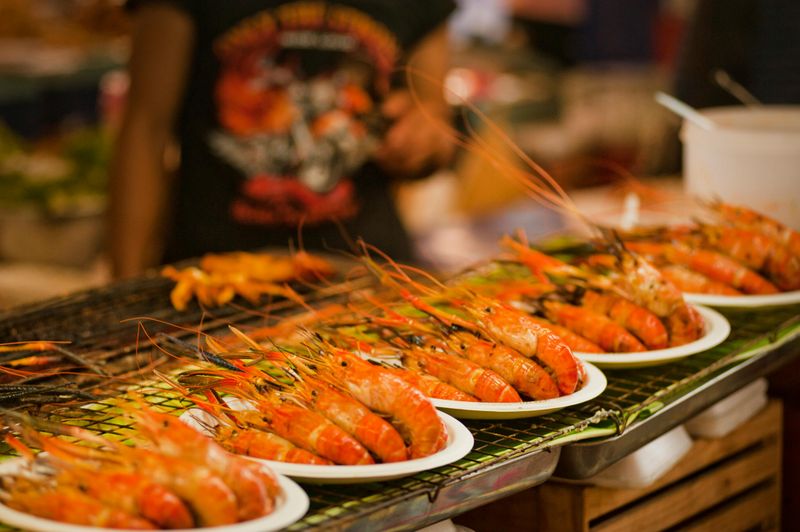
Spicy or exotic-only cuisine spots can be a delight for adventurous palates, yet for older adults, these fiery dishes might spell trouble.
High spice levels can trigger acid reflux or upset stomachs. For those who once reveled in culinary adventures, simplicity might now be key. Enjoying mildly spiced, aromatic dishes can bring just as much satisfaction without the burn.
3. Greasy Fast Food Chains
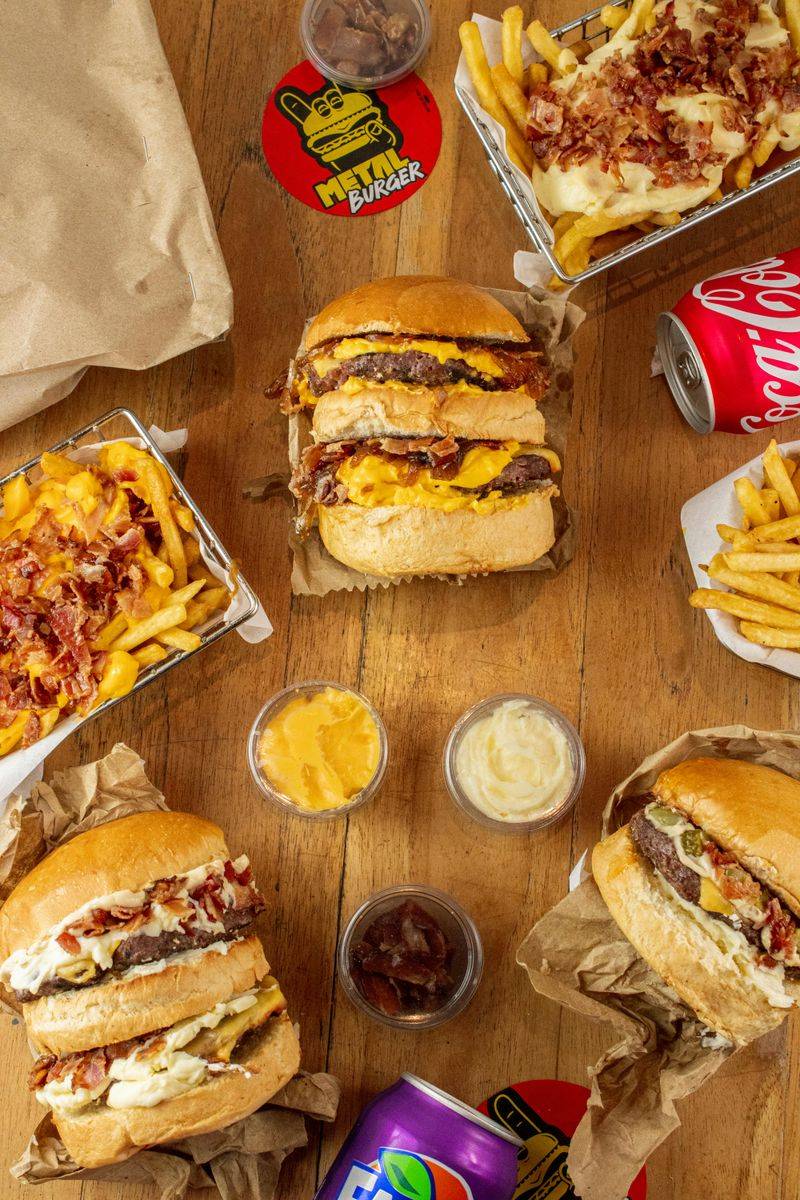
For those over 60, managing blood pressure and cholesterol is crucial, and these meals can be detrimental. Laden with saturated fats and sodium, they pose more harm than good.
While a quick bite might be tempting, the aftermath isn’t worth it. The focus is shifting to quality ingredients that nourish rather than just fill.
4. Loud, Trendy Hotspots

Loud, trendy hotspots might appeal to the young, but for those over 60, they can be a sensory overload. Blasting music and packed seating turn an evening out into a stressful experience.
Difficulty in conversation and navigating dimly lit spaces isn’t ideal for those with hearing or mobility concerns. The trend now leans towards cozy, quieter spots where conversation flows easily.
5. Late-Night Eateries
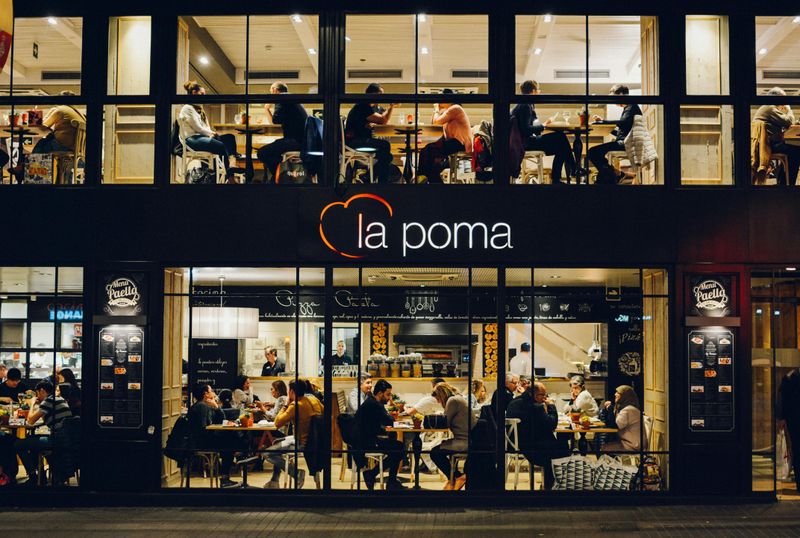
Late-night eateries, famous for indulgent, heavy meals, may not suit the refined palate of older diners. Over 60, digestion can slow, and late eating disrupts restful sleep. These spots often cater to night owls, leaving those who prefer earlier meals with limited choices.
A shift towards restaurants that open earlier and offer lighter, balanced options can enhance the dining experience.
6. Overly Trendy “Foodie” Restaurants

Overly trendy “foodie” restaurants focus on presentation, sometimes at the expense of satisfaction. For individuals over 60, these venues often serve small portions with obscure ingredients, leaving diners puzzled rather than pleased.
7. High-Sodium Chains or Deli Counters
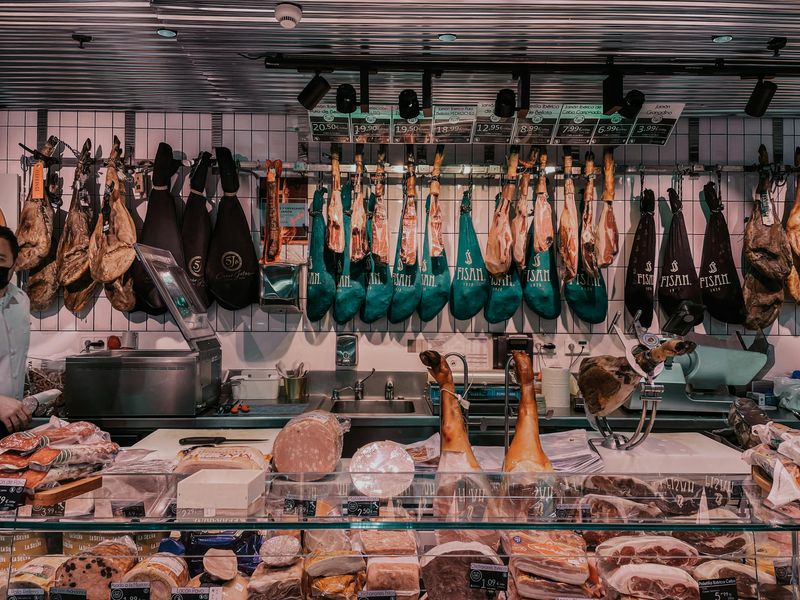
High-sodium chains and deli counters offer convenience but can be nutritional minefields. Older adults, managing blood pressure or kidney health, need to be wary of the hidden sodium content in these meals.
The ease of grabbing a quick bite should not outweigh the importance of dietary health. Reducing sodium without sacrificing flavor is possible, allowing diners to enjoy their meals without compromising health.
8. Self-Serve or Tech-Only Restaurants

Self-serve or tech-only restaurants embrace modernity, but they can alienate those who cherish personal service. For older diners, the lack of human interaction and the technological barrier may present challenges.
Many are seeking venues where staff greet with a smile, and orders are taken personally. The charm of dining lies in the human connections, which technology cannot replicate.
9. Overly Cold or Uncomfortable Settings

Overly cold or uncomfortable restaurant settings can deter diners seeking comfort. Hard metal chairs and blasting air conditioning may match modern aesthetics, but they don’t suit older joints.
Dining should be warm and welcoming, not a test of endurance. Many over 60 now gravitate towards venues offering plush seating and cozy atmospheres.
10. Restaurants with Poor Cleanliness Ratings

Cleanliness in restaurants is non-negotiable, especially for those with weakened immune systems.
Older adults are more susceptible to foodborne illnesses, making hygiene a top priority. Visible signs of neglect, like unclean restrooms or sticky surfaces, can be immediate red flags.
Choosing wisely ensures peace of mind, allowing focus on the flavors, not fears.
11. Places Without Accessibility
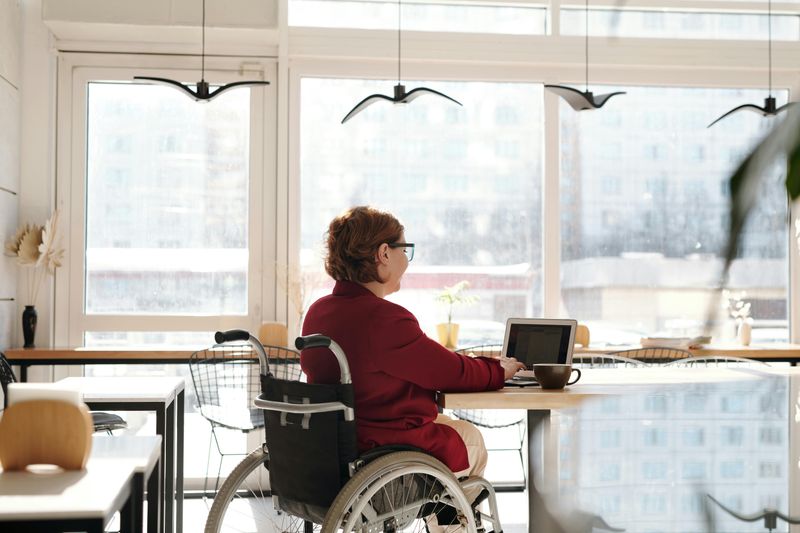
Accessibility in restaurants is crucial for those with mobility challenges, yet some venues fall short. Without ramps, railings, or accessible bathrooms, dining out can become a frustrating ordeal.
For older adults, high steps or narrow aisles can be daunting. Dining should be inclusive, ensuring everyone can enjoy a night out without barriers.
12. Restaurants That Don’t Take Reservations

Restaurants that don’t take reservations can turn a pleasant night out into a prolonged waiting game. For older adults, standing in line can be tiring, even painful.
Many now opt for venues that allow reservations, ensuring minimal wait times. Securing a table without the hassle means more time spent savoring both food and company.
Leave a comment